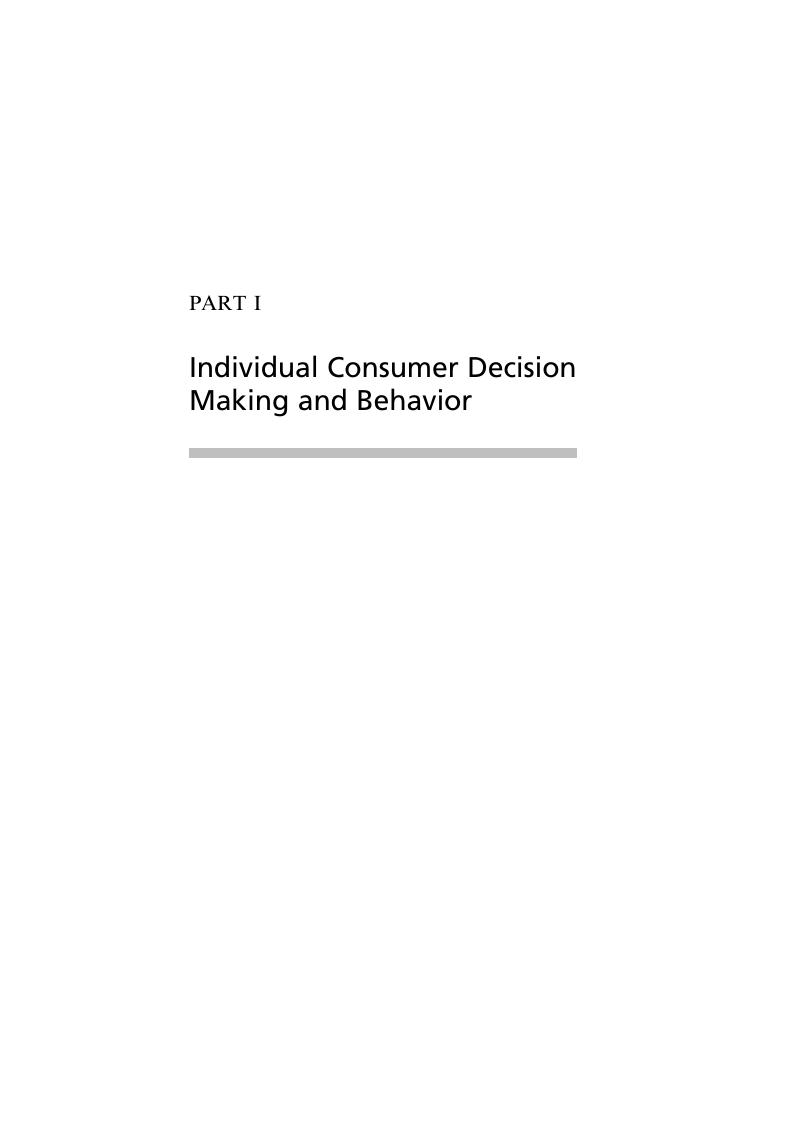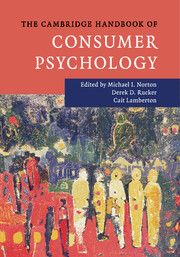Book contents
- The Cambridge Handbook of Consumer Psychology
- The Cambridge Handbook of Consumer Psychology
- Copyright page
- Contents
- Figures
- Tables
- Contributors
- Introduction
- Part I Individual Consumer Decision Making and Behavior
- Part II Interpersonal and Social Consumer Psychology
- Part III Societal Structures
- Name Index
- Subject Index
- References
Part I - Individual Consumer Decision Making and Behavior
Published online by Cambridge University Press: 05 October 2015
- The Cambridge Handbook of Consumer Psychology
- The Cambridge Handbook of Consumer Psychology
- Copyright page
- Contents
- Figures
- Tables
- Contributors
- Introduction
- Part I Individual Consumer Decision Making and Behavior
- Part II Interpersonal and Social Consumer Psychology
- Part III Societal Structures
- Name Index
- Subject Index
- References
Summary

- Type
- Chapter
- Information
- The Cambridge Handbook of Consumer Psychology , pp. 3 - 254Publisher: Cambridge University PressPrint publication year: 2015



